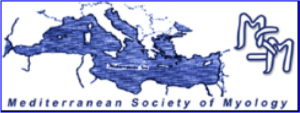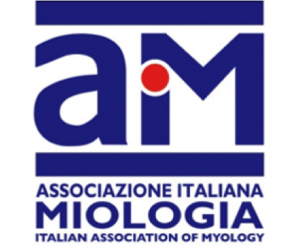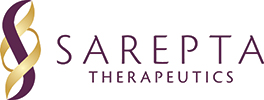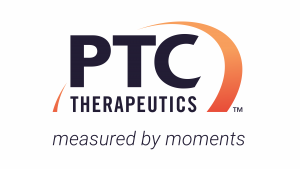Dear Colleagues,
Welcome to this special issue of Acta Myologica, dedicated to the peculiar clinical items in muscle diseases occurring in the age of transition from adolescence to adulthood. It is not only important as a circumstance to discuss this critical developmental phase of the individual with its consequences on the burden a muscle disease implies, but it is also an attempt to approach, in a more comprehensive perspective, an extraordinary fascinating timing along the individual lifespan, although in a diseased condition.
In the previous number of this Journal (Acta Myol, volume XXXV, October 2016) papers from Astrea et al. and Magliano et al. have anticipated this topic by reporting cognitive disabilities in the contest of a progressive muscular disease and family context in muscular dystrophies with psychosocial aspects of social integration, respectively.
This special issue contains five extended papers, in the form of short reviews, of the main contributors presented at the congress “New and view. Neuromuscular diseases from child to adulthood: new tools and new opportunities”, held in Pisa, Italy, in September 23rd-24th 2016, promoted by the Italian Association of Myology (AIM).
In that conference the more relevant aspects in the diagnosis and treatment of muscle diseases were discussed, addressing the sensitive issue of the transition from childhood to adulthood. In particular, the contributors highlighted some common neuromuscular disorders presenting in childhood, such as dystrophinopathies, myothonic dystrophies, metabolic and mitochondrial disorders, pointing out successes in treatment, change in natural history, transitions to adult care and challenges of adult patients with a pediatric disease.
Several difficulties emerged during this phase of transition in a patient with a neuromuscular disease, including change from a family centred care to individual care, challenges in employment, education, and social integration.
We are confident that this issue will be useful to increase awareness on a topic like that. We really want to thank all the contributing authors for their efforts in building up this edition which we hope will be appreciated in our scientific community.
Gabriele Siciliano
Filippo Maria Santorelli
Roberta Battini






